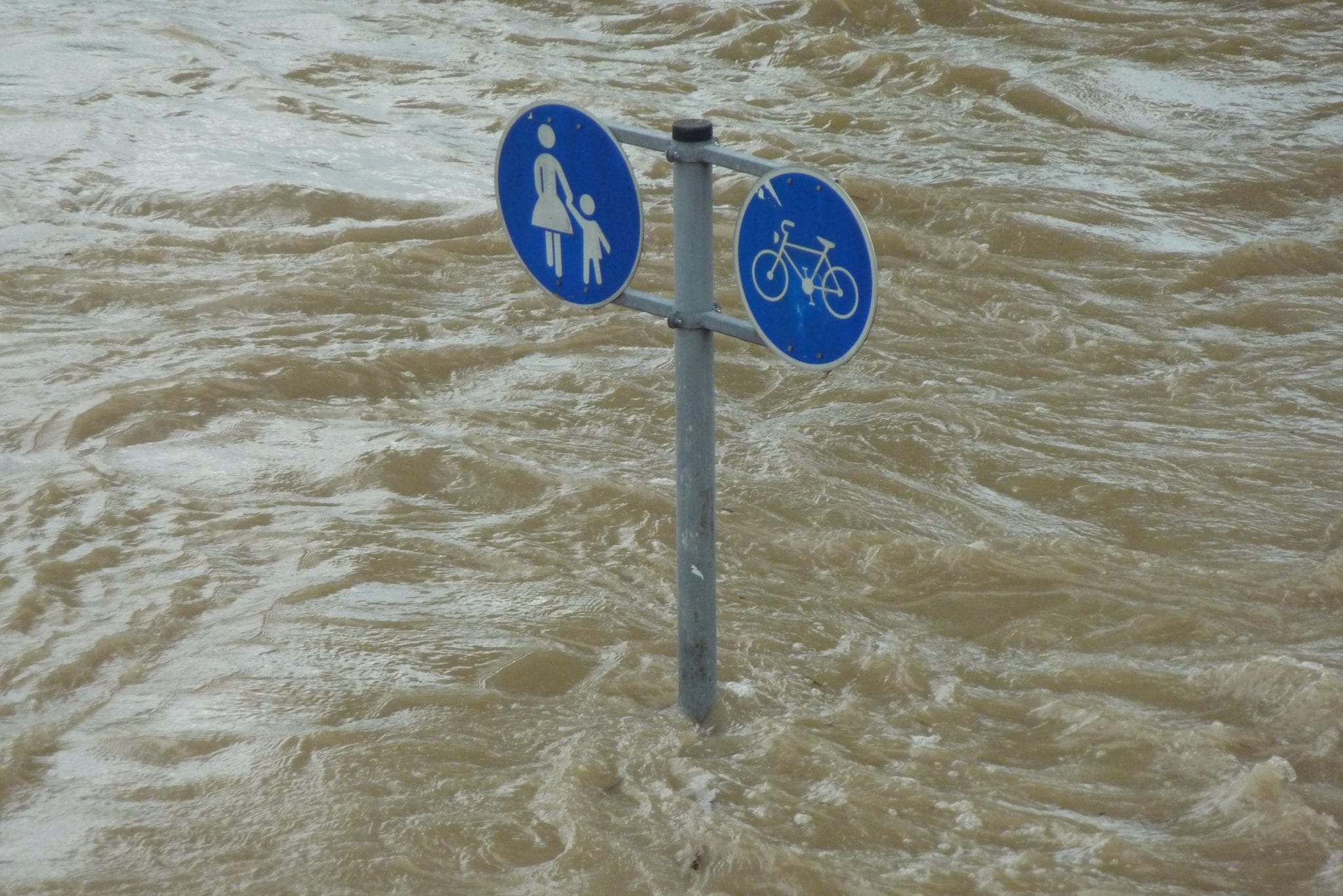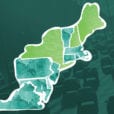BY JACKIE RYAN , JUNE 7, 2018
A day without power almost seems impossible in today’s fast-paced, industrialized world. With electricity powering household appliances, utilities, and handheld devices, it can be difficult to imagine life without it. The US power grid that millions rely on, however, may be more vulnerable than expected. In 2017, extreme weather, aging infrastructure, and unforeseen accidents led to 36.7 million Americans losing power and in March of this year, 200,000 Massachusetts and Rhode Island households and business had no electricity after a blizzard swept through the East Coast. According to the Edison Electric Institute, the weather is often responsible for 70% of those outages, including natural disasters such as Hurricane Maria. Last September, the heavy rains and winds from the Category 4 storm destroyed power lines across Puerto Rico, resulting in a power outage that shut down the entire island. Damage from the hurricane has totaled over $102 billion so far, making it the costliest natural disaster of 2017.
Over 8 months have passed since the storm and Puerto Rico is still trying to recover. While much of their power is back online, Puerto Rican officials are exploring how microgrid technology may be a strong alternative with the potential to be more resilient to extreme weather and easier to manage on a smaller scale.
From the Beginning
In the 1940s, Governor Luis Muñoz Marín initiated Operation Bootstrap in an attempt to boost and “modernize” Puerto Rico’s growing economy. One initiative that was introduced in the 1970s was a corporate tax incentive for energy companies from the US mainland to work in Puerto Rico. Businesses took advantage of this tax break and quickly built factories along the southern half of the island to supply energy. Roughly 20 years later, the federal government began ending corporate incentives and many of those companies left for better opportunities elsewhere. The result of this mass departure was that energy production decreased, jobs declined, and the economy faltered. Power was also being provided by a single centralized system under the Puerto Rico Electric Power Authority (or PREPA), which was responsible for connecting power-producing plants in the south with homes and businesses in the north.
Central Power, Central Problem
In the years following the end of the tax incentive, the reliability and efficiency of Puerto Rico’s energy system began to suffer. This was especially the case in 2014, when the government made budget cuts in an attempt to manage its debt. As a result of these cuts, experienced workers retired early from their jobs with PREPA to prevent losing their pensions.
Two years later, a report published by Synapse Energy evaluated PREPA’s operations and found functionality problems throughout the company. For instance, PREPA lacked enough highly skilled technicians and operators, yet spent $165 million on administrative staff and resources. Even with an abundance of people working in administrative and executive roles, the researchers noted that record-keeping and budgeting was often unclear and inconsistent. The researchers believed that due to a lack of experienced workers and necessary funding on infrastructure, blackouts and power outages were “four to five times higher [with PREPA] than other U.S. utilities”. Just months before the hurricane, PREPA finally filed for bankruptcy under the Puerto Rico Oversight, Management, and Economic Stability Act after incurring $9 billion in debt.
Hurricane Maria
When Hurricane Maria made landfall, it carved a path right through southeast Puerto Rico, where a majority of energy facilities were located. In the weeks and months that followed, power would slowly be restored to the island, but not without difficulty. About 80% of the grid had been damaged by the storm, along with 55% of the transmission towers on the island. Utility crews and members of the Army Corps of Engineers tried to salvage the fractured grid system, but after two months only half of Puerto Rican residents had their power restored. At present, a majority of the power lines that run through the island are fully operational ahead of this year’s hurricane season and while signs are encouraging, the Puerto Rican government is not prepared to take any chances.
Looking outside the grid
In January, the Puerto Rico Energy Commission announced plans for a new microgrid project that would help power the island. Instead of relying solely on one central system to connect all citizens, Puerto Ricans would be able to harness energy from microgrids. According to the US Department of Energy, microgrids “are localized grids that can disconnect from the traditional grid to operate autonomously.” Microgrids have grown in popularity over the years, with one jail in California even outfitting itself with the technology to improve safety and efficiency during town-wide power outages. These smaller grid systems have an advantage over the central grid because they are easier to manage and can function entirely on independent power sources, such as solar panels and wind turbines.
At present, over 97% of Puerto Rican energy comes from fossil fuels such as oil and coal, but current microgrid proposals by the Commission could run on renewable energy or hybrid systems. Supplying neighboring towns and cities with energy from local microgrids could improve efficiency and maintenance times because everything would be within reach rather than from distant power sources that cater to all areas of the island.
Microgrid Solutions in Massachusetts
Puerto Rico is not the only place considering microgrid technology. In Boston’s Chinatown district and in the neighboring town of Chelsea, CABA has been working with businesses and community partners to explore the possibility of integrating microgrids into those areas. This initiative coincides with a larger campaign to promote climate resiliency in businesses and their communities, otherwise known as Businesses Acting on Rising Seas (BARS). BARS is designed to educate businesses and enable them to take steps to address the threats of climate change and extreme weather, and for Chinatown and Chelsea this has meant identifying areas where microgrids can be implemented, such as grocery stores, schools, and housing complexes.
Conclusion
What Puerto Rico, Chinatown, and Chelsea show is that there is an inherent need for more dependable, efficient energy sources. This has especially been the case for areas that are more vulnerable to climate change and extreme weather. Microgrid technology can provide a necessary link for communities to generate power without relying entirely on one main source. Beyond efficiency and reliability, however, microgrids can also make the distribution of energy more fair and accessible. This past spring, Climate XChange’s Cooler Earth podcast episode “Fight Power with Power” explored how microgrids and renewable energy sources could promote more equity in communities. For more information on “energy democracy” and how we can implement better energy systems, check out the Cooler Earth podcast.
 JACKIE RYAN COMMUNICATIONS FELLOW
JACKIE RYAN COMMUNICATIONS FELLOW









